- Heddels
- Posts
- Taking Cover: The Long History of the Umbrella - Meermin
Taking Cover: The Long History of the Umbrella - Meermin
Together with
Taking Cover: The Long History of the Umbrella
Umbrellas have withstood rain, sun, and the test of time. They've covered us over thousands of years and now we're covering them in this history deep dive.
Gerald Ortiz

You see it in picnic tables, propped up in sandy beaches, bouncing light in photography studios, decorating saccharine cocktails, and on soaked sidewalks as gnarled, crumpled victims of stormy days. The umbrella is as ubiquitous as it is useful, and we’ve carried this accessory about as long as anyone can remember. In fact, people have been toting these portable roofs around before the invention of paper.
Put on your best rain boots, folks, because we’re taking a long stroll through the umbrella’s history.
Before the Storm
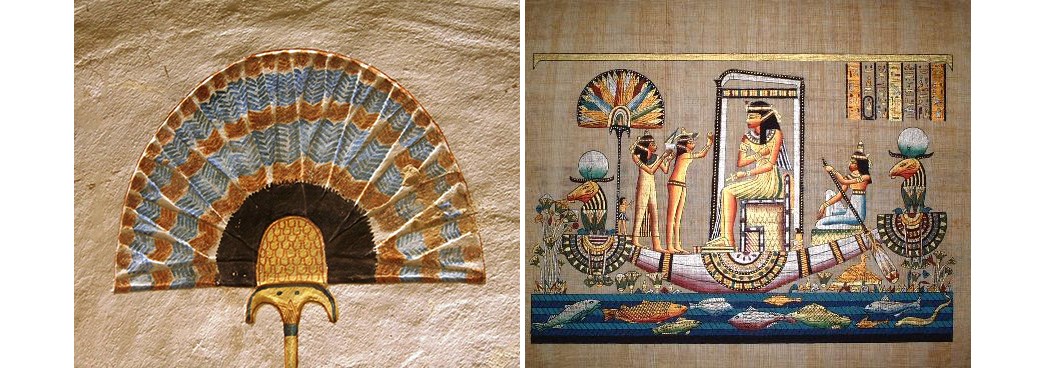
Ancient Egyptian sunshades, via Custom Umbrella Store and Viola Umbrella
You might be surprised to know that the umbrella’s history covers not just centuries, but millennia. Its inventors weren’t using them to keep dry, however. Rather, its original intended purpose lies in its name. The word “umbrella” stems from the Latin word umbella or umbra, meaning shade. So, early users of the accessory were seeking shade from the sun rather than a respite from the rain.
More commonly distinguished as parasols, these beta umbrellas can be traced back to Egypt, Assyria, and China as far back as 4000 years. Ancient Egyptian art depicts early sunshades as palm leaves or feathers fastened to sticks, cooling the brows of various gods and pharaohs. These antecedents would evolve into something a bit more familiar.
/ In Partnership with Meermin /
More refined than a work boot while retaining a rugged edge, a decent chukka can be easily paired with denim (raw or faded as hell), chinos, and even suit pants. It’s arguably the most versatile boot you can own.
Putting out some serious and radically affordable chukkas is Meermin with its 101468 boot. Coming in Brown and Snuff colorways — both made of Italian suede from Sciarada —Meermin’s sleek chukka has three-eye construction with a low cut shaft, and plain toe. Whether you’re going business casual or vintage-eclectic, these fit the bill and then some.
Grab a pair from Meermin for $210.
Made in China
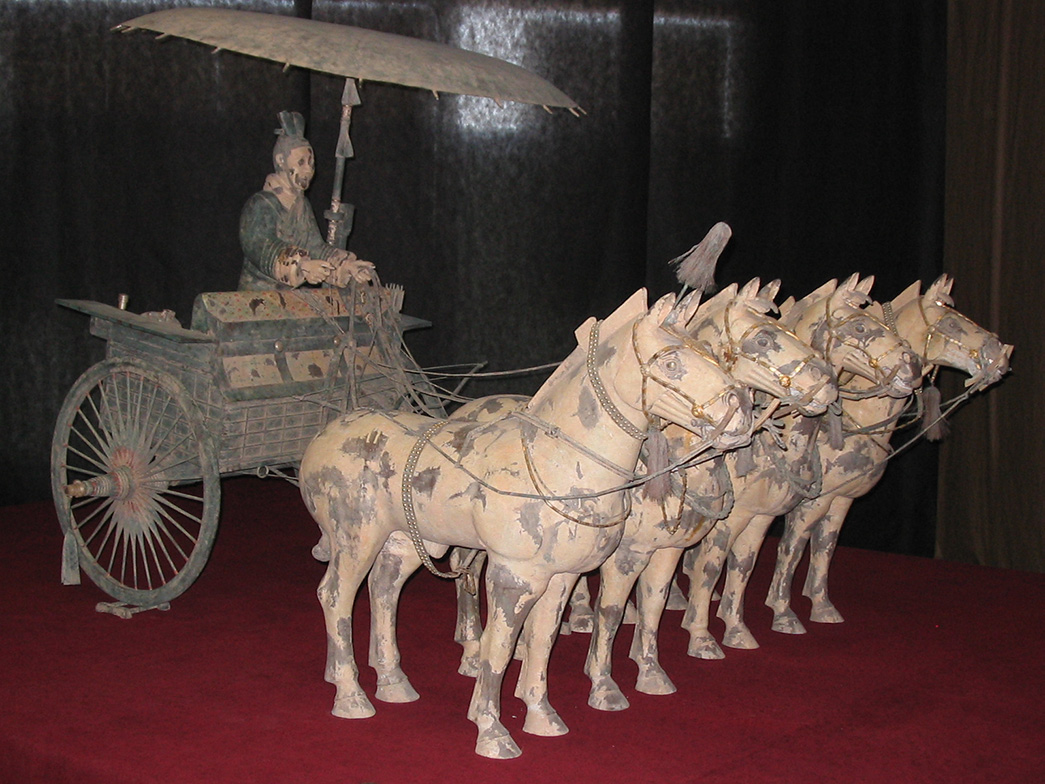
Terracotta Army found in Qin Shihuang’s tomb, c. 210 BC via Wikipedia
The modern, collapsible umbrella’s origins still go back a long way, with the earliest versions seen around the 4th century BC in China, and looked much like the umbrellas we know today: a curved canopy held up by supporting ribs, which were then attached to a center shaft. Some researchers suggest that the design came from binding several large leaves to bough-like ribs. Although the materials used for early umbrellas came from tree leaves and branches, technological advances allowed for the use of cloth, leather, silk, and paper.
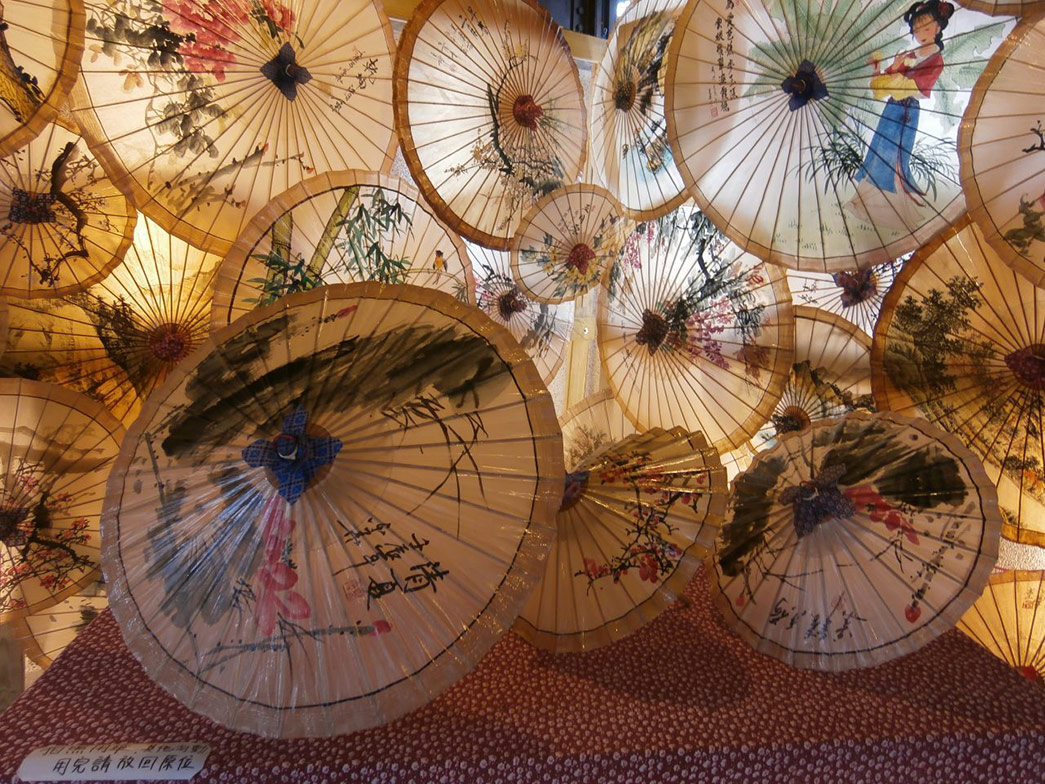
Traditional Chinese oil-paper parasols via Veganology
Though pinpointing the exact dates of the invention of paper is difficult, it was invented in China, and the earliest archaeological evidence dates back to the 2nd century BC. It was around this time that the Chinese purposed its new invention onto the umbrella. From there these paper predecessors were oiled and decorated, providing both shade from the sun and (limited) protection from the rain.
Limited Use
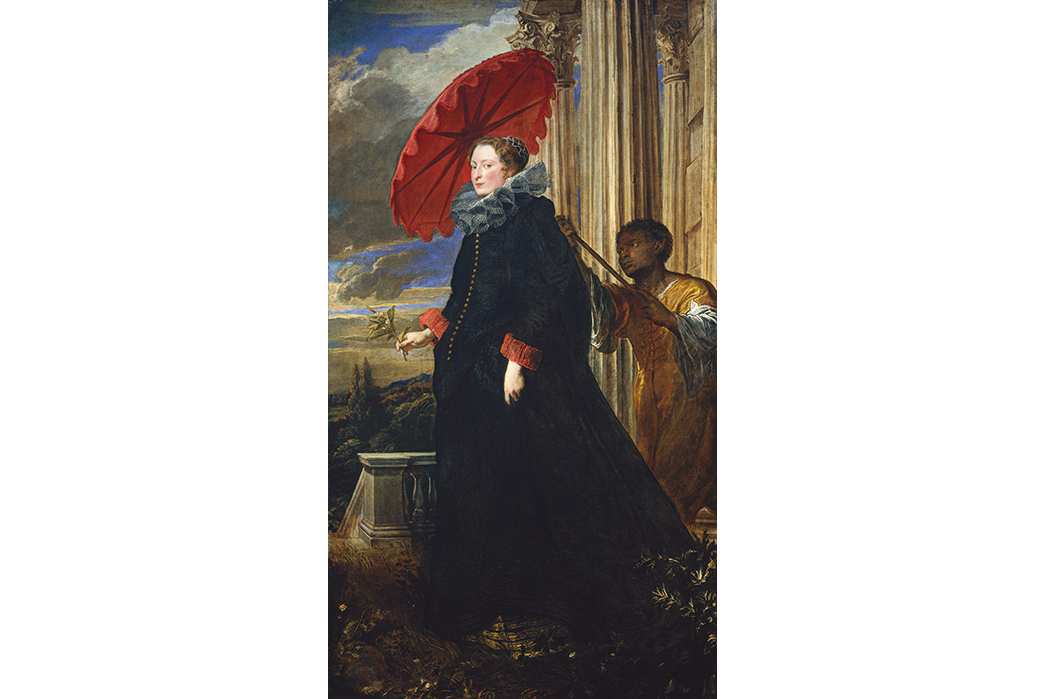
Marchesa Elena Grimaldi, by Anthonis van Dyck, 1623
The umbrella didn’t cover everyone in society early on. For much of its history, the use of the umbrella was limited to either the wealthy and noble or women. Producing them was labor-intensive, making umbrellas expensive and scarce. This made them accessible only to those in higher social ranks. In Ancient Egypt, hieroglyphs depict kings and gods being shaded by servants with sunshades. Bas-reliefs and other artwork of ancient Nineveh also feature the parasol frequently and exclusively for nobility.
When the umbrella made its way west, it was seen mostly as a decorative and effeminate accessory. In ancient Greece, Aristophanes comments on its use primarily amongst women, while 4th-century BC tombs depict women servants shading their mistresses with parasols. Fashionable women in France were mesmerized by both the beautiful,l ornate designs painted onto Chinese oil-paper parasols as well as the dry, silk parasols which had made their way to Europe via the Silk Road around the Renaissance and, naturally, took to the accessory voraciously. The trend amongst women was so widespread that Kersey’s Dictionary (1708) defined the umbrella as a “screen commonly used by women to keep off rain”. Consequently, men were rarely seen with umbrellas for centuries.

Illustration of Jonas Hanway defiantly brandishing an umbrella
A stubborn English traveler by the name of Jonas Hanway would come along to singlehandedly change this view, at least for England. In the mid-1700s, over the course of about thirty years, this philanthropic Londoner is said to have donned an umbrella every day. Against societal norms, Hanway stuck to his umbrella vehemently even amidst close-minded bullying. His unyielding would turn the tide as men were convinced to take cover throughout the years, and the umbrella was eventually opened up to everyone.
Improving the Umbrella
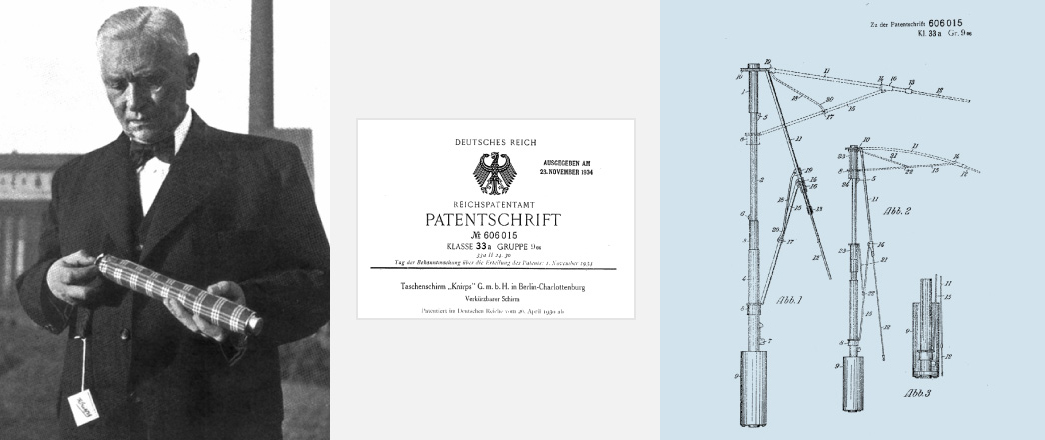
Hans Haupt and his patent via Knirps
Even with its lengthy history, the overall design of the umbrella is remarkably similar to that of the collapsible umbrellas of ancient Chinese predecessors. But, over several millennia, there have been improvements made along the way.
Steel came into use in umbrellas in the 1850s thanks to Samuel Fox, an English industrialist who ran a wire drawing business. Prior to that, iron, wood, and whale bones—yes, whale bones—were the primary materials used for the frames of the umbrella. Steel lightened the weight of the umbrella considerably, making it easier to carry. His company, now Fox Umbrellas Ltd., exists today and still produces its fine handmade umbrellas in England.
1928 saw the invention of the compact umbrella thanks to Hans Haupt. A war veteran with a debilitating injury, Haupt found it difficult to hold both a walking stick and an umbrella. His new umbrella design improved upon the lightweight advancements by allowing the shaft of the umbrella to function much like a telescope, collapsing its length considerably, enough that it could fit in a pocket. Today, Knirps is known in Germany as the company that originally produced this pocketable parapluie.
Umbrellas Today

Image via Baltzar
Umbrellas have withstood the sun, rain, and the test of time, and they’re still a part of our everyday lives. Whether you’re ducking into a Duane Reade for a cheap solution to a surprise shower or carefully considering a finely crafted bespoke model, umbrellas today run the gamut. So, we’re sure that the umbrella is here to stay, and, given it’s largely stayed the same over several thousands of years of technological advancement, it’ll probably look familiar in another few millennia.
While you can pick up a cheap umbrella in any grocery store or mall, here are a few high-quality options that will see you through 100s of showers, rather than maybe 10.
Barbour
Barbour Tartan Umbrella, available for $82 from Barbour.
Snow Peak
Snow Peak Ultra-Light Umbrella ‘Gray’, available for $55 from Hatchet Outdoor Supply.
Mont Bell
Mont Bell Reflec Trekking Umbrella 55 ‘Navy’, available for $88 from Hatchet Outdoor Supply.
Like this? Read these:
What did you think of today's newsletter? |







